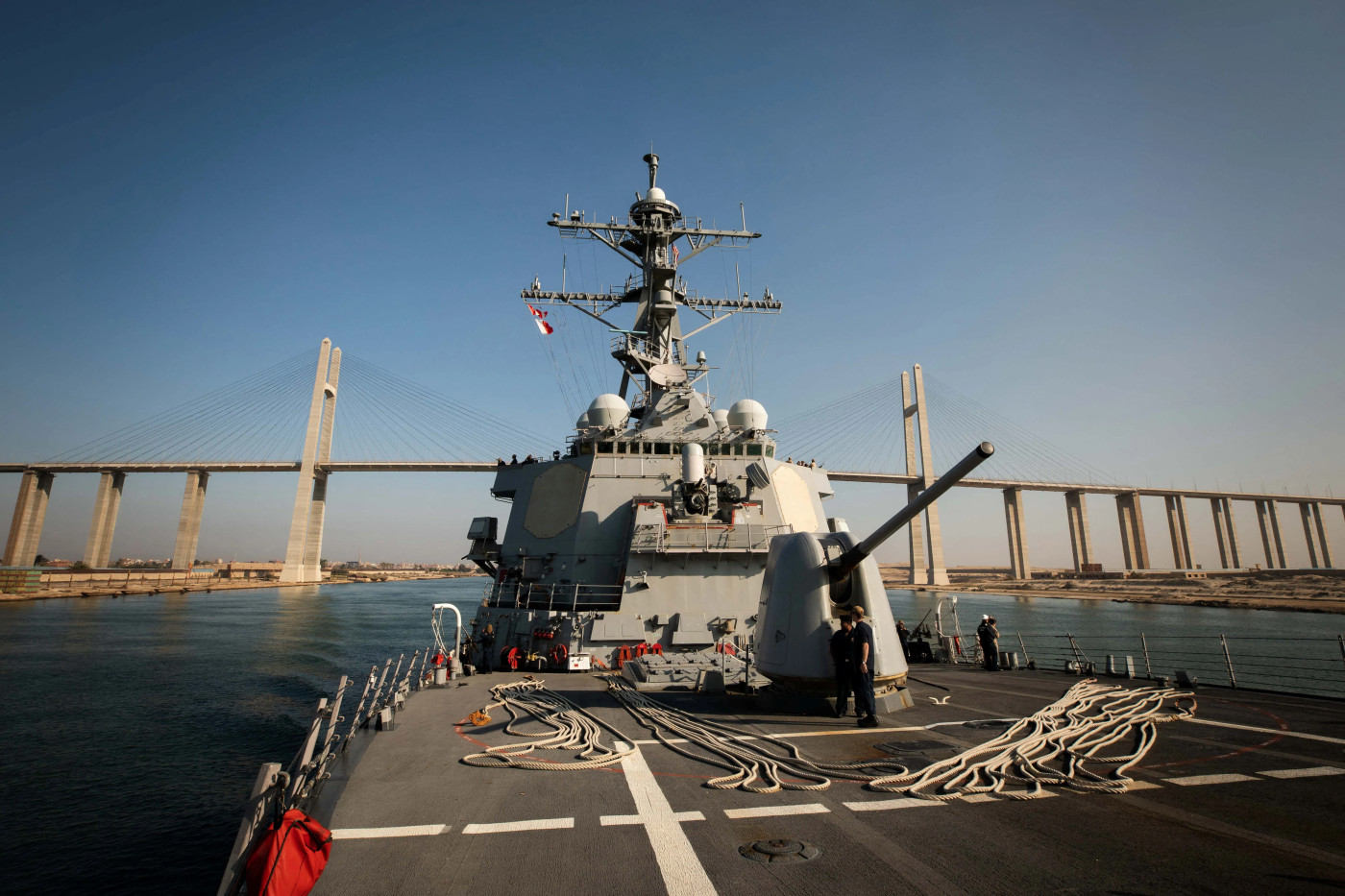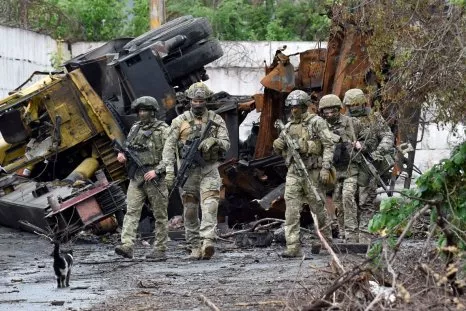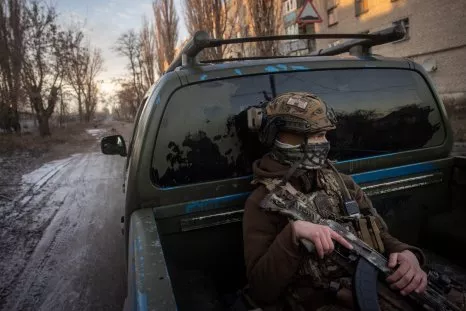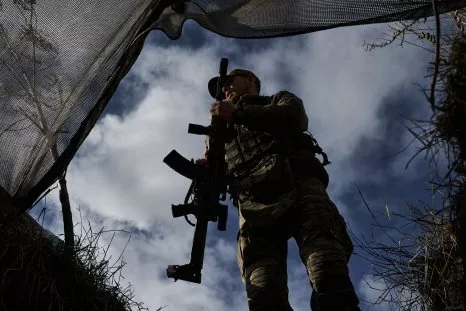Putin's Large-Scale Nuclear Strike Drill Was Missing One Thing
Russian President Vladimir Putin did not test launch his newer Bulava and Sarmat missiles as part of the nation's large-scale nuclear strike drill on Thursday.
The Kremlin said a Yars intercontinental ballistic missile (ICBM) was fired from the northwestern Plesetsk Cosmodrome to a test site in Russia's far-eastern Kamchatka region.
Another Sineva ballistic missile was fired from a nuclear-powered submarine in the Barents Sea, and air-launched cruise missiles were test-fired from Tu-95MS long-range bombers.
The nuclear strike drill came on the heels of a decision by Russia's upper parliament to revoke ratification of the landmark Comprehensive Nuclear Test Ban Treaty, which prohibits "any nuclear weapon test explosion or any other nuclear explosion" anywhere in the world.
The Kremlin said in a statement that "practical launches of ballistic and cruise missiles took place during the training."
Russian Defense Minster Sergei Shoigu said the drills involved delivering a "response to an enemy nuclear strike" and that Moscow was rehearsing its ability to deliver a "massive" nuclear strike.
Putin oversaw the nuclear drills via video link, footage published by the Russian Defense Ministry showed.
"In the course of the events, the level of preparedness of the military command authorities and the skills of the senior and operational staff in organizing subordinate troops were tested," the Kremlin said. "The tasks planned in the course of the training exercise were fully accomplished."
Russian military expert Yuri Fedorov told Agentstvo, a Russian investigative site launched in 2021, that the fact that Moscow once again tested its Yars and Sineva ballistic missiles, despite having the newer Bulava and Sarmat missiles in its arsenal, could suggest that the latter "are not very reliable."
"Apparently, they are afraid of misfires," the expert said.
Newsweek has contacted Russia's Defense Ministry via email for comment.
Yury Borisov, the head of Roskosmos, the country's space agency, announced last month that Russia had shifted its nuclear-capable Sarmat missile complex to combat mode. Putin had announced earlier in the year that the missiles would soon be deployed for combat duty.
The RS-28 Sarmat is a Russian liquid-fueled ICBM produced by the Makeyev Rocket Design Bureau. It can reportedly carry up to 15 light nuclear warheads, and has a range of 11,000 miles, making it capable of striking targets in the United States and Europe, Newsweek previously reported.
The RSM-56 Bulava is an intercontinental-range, submarine-launched, ballistic missile which is designed to carry a nuclear warhead, and can hold between 12 and 16 missiles.
Russia's Defense Ministry said in November 2022 that it had fired a Bulava in the northern White Sea with a dummy payload as part of a Borei-class submarine drill.
Do you have a tip on a world news story that Newsweek should be covering? Do you have a question about the Russia-Ukraine war? Let us know via worldnews@newsweek.com.
Disclaimer: The copyright of this article belongs to the original author. Reposting this article is solely for the purpose of information dissemination and does not constitute any investment advice. If there is any infringement, please contact us immediately. We will make corrections or deletions as necessary. Thank you.




